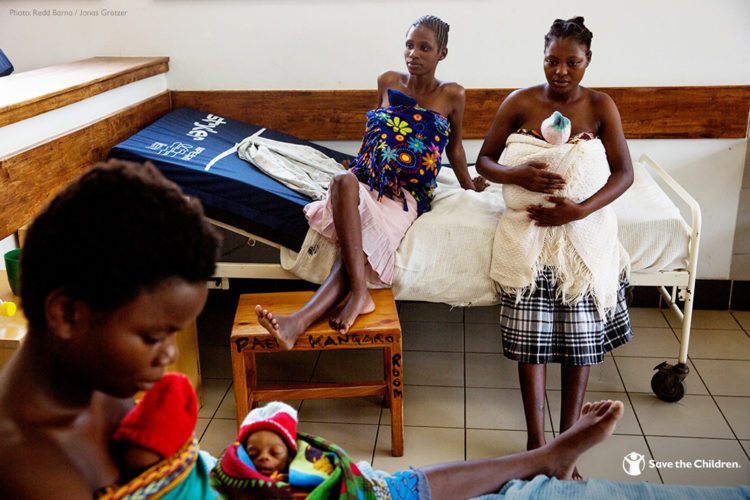This blog post was originally posted on Save the Children’s “Voices from the Field” blog here.
While many aid agencies, academic institutions and traditional and non-profit companies work to ensure access to essential medical equipment in low-income countries, less attention has been paid to the importance of suitable medical furniture. In the newborn units of Malawi, where Save the Children has been working to improve quality of care for the last several years, a well-designed chair, neonatal crib and staff workspaces have the potential to make care more family-centered, comfortable and safer. Well-designed furniture can improve patient, family and health worker comfort, but can also improve health outcomes. A well-designed chair for the newborn unit, for example, can facilitate greater amounts of skin-to-skin time between a mother and her newborn infant—which can be life-saving for infants born prematurely in Malawi. Well-designed workspaces and neonatal cribs can improve patient flow and visibility and reduce infection risk.
Malawi currently buys and imports the majority of its hospital furniture from India and China. While these pieces offer a relatively affordable option for hospital furniture with basic function, the furniture does not fully suit the needs of patients, families and health care workers in Malawi. Hospitals there face a different patient profile, medical demands, space limitations and set of cultural beliefs and practices.
Customizable hospital furniture offers a potential solution to the problem of functional fit. Headway in this market, however, has been largely made in high-income, high-end markets, with little or no market share in low-income countries.
With seed funding from the Save the Children Innovations Council as well as Purdue University’s I2D Lab, our team of experts in health, industrial engineering and design led by Professors Yuehwern Yih and Steve Visser, is working to create a set of space-saving furniture with accompanying layout design to allow for greater family-centered care and meet the needs of patients, families, and healthcare workers at Ntcheu district hospital in Malawi. The set includes a stacked neonatal crib, lounge chair for mothers and babies to be in skin-to-skin contact together and a mobile nurse’s station. Our project was born out of research and experience from the Saving Newborn Lives (SNL) program, a now 19-year old newborn health project at Save the Children.
While getting the individual furniture pieces and layout just right and within budget for the hospital is of utmost importance, it is the process of customization in the low-income setting, and creating and using customizable blueprints to make locally-sourced pieces with learnings from prior users that we hope will be a new market foothold in Malawi, with the potential to move across markets and upmarket to other countries and regions.

